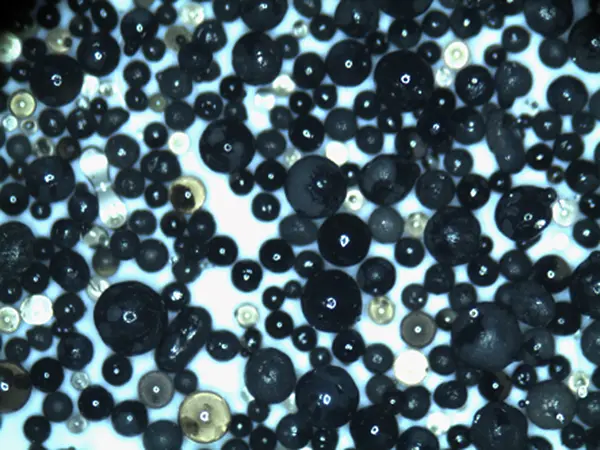How to Sand Resin A Comprehensive Guide
When working with resin, whether for art projects, crafts, or even functional items, achieving a smooth finish is often a core objective. Sanding is an essential part of working with resin, as it allows you to create a professional look, remove imperfections, and prepare surfaces for additional layers or coatings. This article will guide you through the process of sanding resin effectively, ensuring that you achieve the best possible results.
Understanding Resin
Before diving into the sanding process, it's essential to understand the type of resin you're working with. Epoxy resin is one of the most common types used for casting and coating applications. It's known for its durability and excellent adhesive properties. However, different types of resin may have slightly different sanding requirements, so always refer to the manufacturer's guidelines.
When to Sand Resin
Timing is critical when sanding resin. Sanding too early can disrupt the surface, while waiting too long may create a challenging task as the resin can cure to a very hard finish. Typically, you'll want to sand your resin once it has cured enough to be handled but is still soft enough for sanding. This usually occurs around 24 hours after pouring, but the exact timing can depend on the specific resin formula and the thickness of the pour.
Tools and Materials Needed
To sand resin effectively, you'll need the following tools and materials
1. Sanding Block or Sponge To provide even pressure and a flat surface when sanding. 2. Sandpaper Different grits of sandpaper are essential. Start with a coarser grit (like 80 or 120) to remove major imperfections and then progress to finer grits (like 220, 400, and up to 2000) for a smooth finish. 3. Water Wet sanding is often preferred for resin, as it reduces dust and helps achieve a smoother finish. 4. Mask and Gloves Protect yourself from dust particles and chemicals. 5. Polishing Compound For final finishing, especially for glossy surfaces.
The Sanding Process
how do you sand resin

1. Prepare Your Workspace Make sure your workspace is clean and free from dust. Set up a well-lit area with good ventilation to work comfortably.
2. Initial Sanding Start with a coarser grit sandpaper (80-120 grit) to eliminate any bubbles, bumps, or uneven patches. Use a sanding block for flat surfaces to ensure even pressure. For intricate areas, you may want to use a small piece of sandpaper or a sanding sponge.
3. Transition to Finer Grits Once the surface is relatively smooth, gradually move to a medium grit (180-220) and then fine grit (400-600). Each time you switch to a finer grit, ensure that the scratches from the previous sanding are removed. It’s crucial to wipe the surface clean between grits to avoid mixing dust from coarser sandpapers into the new layer.
4. Wet Sanding If you opt for wet sanding, use water to keep the sandpaper moist. This technique helps reduce the amount of dust and provides a better finish. It also helps to lubricate the sandpaper, making it last longer and work more effectively.
5. Final Touches After reaching an acceptable smoothness, use a very fine grit sandpaper (1000-2000) to polish the surface gently. This stage is crucial for achieving a high-gloss finish.
6. Cleaning Up After sanding, clean the surface thoroughly with a damp cloth to remove any dust or residue. Let it dry completely before applying any additional coatings or finishes.
Polishing
If you desire a glossy finish, consider using a polishing compound. Apply a small amount on a clean, soft cloth and buff the surface in circular motions. This will enhance the shine and provide extra protection to the resin.
Conclusion
Sanding resin can seem daunting at first, but with the right approach, it can be a straightforward and rewarding process. By understanding the material, preparing adequately, and following the steps carefully, you'll achieve a smooth and professional finish on your resin projects. Remember, practice makes perfect, and the more you work with resin, the more skilled you'll become at achieving the perfect finish. Happy crafting!
Post time:ઓક્ટોબર . 13, 2024 11:05
Next:Techniques for Smoothing 3D Prints to Achieve a Flawless Finish
